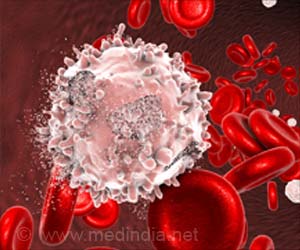Anti-smoking drug named varenicline is re-purposed for new indication which is controlling the activity of neurons.

‘Varenicline could selectively turn neurons on or off paving new way for precise treatment of various diseases.’
Read More..




The system, developed by Scott Sternson, a group leader at the Howard Hughes Medical Institute's Janelia Research Campus, is already helping researchers untangle brain circuits in mice and primates. Read More..
Someday, it might lead to more targeted treatments in humans for conditions such as epilepsy or pain, Sternson and his colleagues report in the journal Science.
Other scientists working on this approach, called chemogenetics, "often use molecules that would not be appropriate for human therapy," Sternson says. "It's still many steps to the clinic, but we're trying to shorten that route."
Chemogenetics has been around for about two decades: scientists have designed matched pairs of drugs and receptors that can change the activity of neurons in mice. Sternson's system uses a drug that gets into the brain and is already approved in humans. And it targets ion channel proteins, which influence neuron activity directly, so there's less potential for side effects. That might make it viable for eventual clinical use, he says -- a barrier that chemogenetic tools haven't yet hurdled.
Sternson's team combed through dozens of already-approved drugs before picking varenicline, a drug that reduces nicotine cravings. Then, the researchers tweaked the structure of two different ion channel proteins to make varenicline more likely to bind. One protein triggers neurons to send messages when varenicline latches on. Another blocks neurons from sending messages when varenicline is present.
Advertisement
For now, scientists can use the system to draw connections between neural activity and an animal's behavior. Sternson's team has also engineered varenicline variants that are even better at targeting proteins and work at even lower doses than the original.
Advertisement
Down the road, the ability to selectively turn cells on or off could fuel more precise treatments for certain diseases. For example, some patients with severe epilepsy have surgery to remove the affected part of the brain. Drugs that target only neurons in this region could be a less invasive way to treat these patients. Sternson also envisions future pain treatments that send drugs only to an injured area, rather than to the entire body. This is important for reducing the incidence of addiction to painkillers, he says.
Janelia has licensed Sternson's technology to a new company, Redpin Therapeutics, that's running pre-clinical studies. Those experiments are the first step toward eventually testing the technology in people.
Source-Eurekalert








